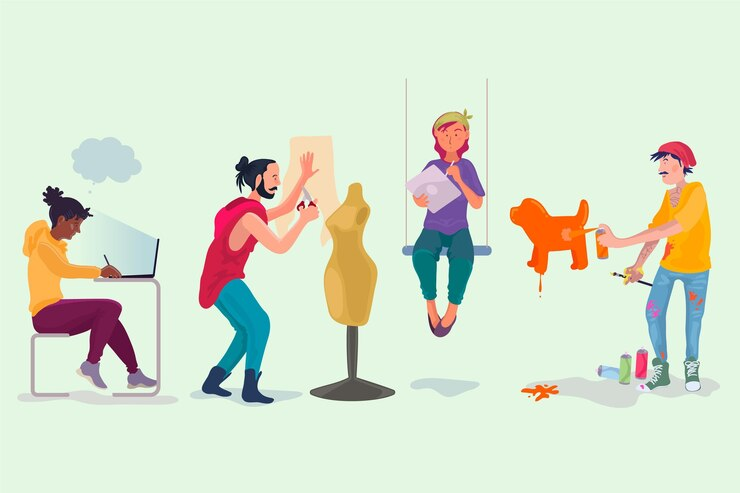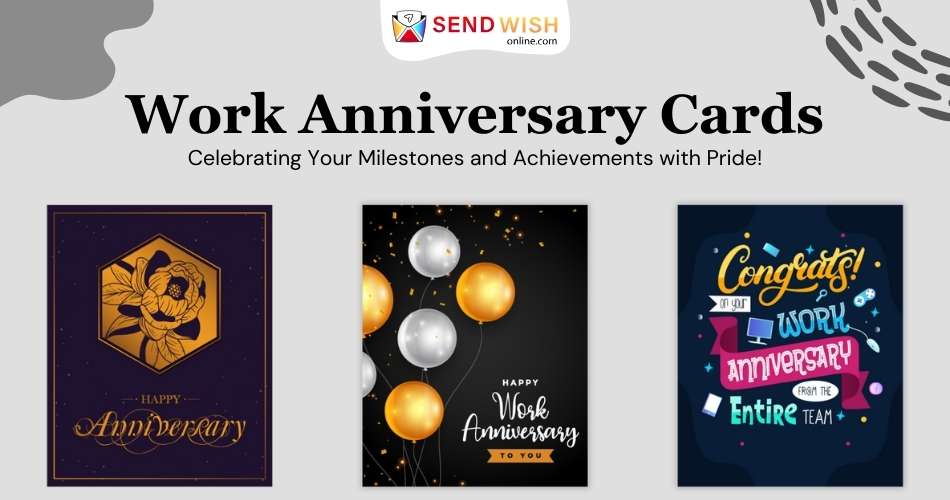In the dynamic world of animation, catering to different age groups requires more than just adjusting visual styles or narrative themes. It involves a deep understanding of cognitive development, emotional engagement, and the specific preferences of each demographic. Whether you’re producing content for preschoolers, teenagers, or adults, the approach to 2D animation services must be strategic and tailored to resonate effectively. This blog explores the nuances of animating for different age groups and how animation agencies can craft compelling content across diverse demographics.
Understanding Age-Specific Animation Needs
1. Preschoolers and Early Childhood:
Animation for preschoolers necessitates simplicity and clarity. Visuals should be bright, colorful, and easily recognizable. Characters should have exaggerated movements and expressions to convey emotions clearly, as young children are still developing their understanding of complex narratives. Narratives often revolve around basic concepts like friendship, sharing, and exploring the world around them. Educational content is seamlessly integrated into storytelling to engage young minds effectively.
2. Children and Tweens:
As children grow older, their animation preferences evolve. They begin to appreciate more detailed visuals and slightly more complex storylines. Characters become more relatable and may face challenges that resonate with their experiences, such as school life, friendships, and family dynamics. Humor plays a crucial role, often incorporating wordplay and situational comedy. Educational elements remain important but are presented in a way that feels natural within the narrative.
3. Teenagers:
Animation for teenagers often explores deeper themes such as identity, romance, and social issues. Visual style may vary widely, from stylized and avant-garde to more realistic portrayals. Characters are complex and multifaceted, navigating the challenges of adolescence and personal growth. Narratives may include elements of fantasy, adventure, or even dystopian settings, appealing to the teenage desire for exploration and discovery. Humor becomes more sophisticated, often drawing from satire and irony.
4. Young Adults and Adults:
Animation for young adults and adults spans a wide range of genres and styles. From comedic animations to poignant dramas, the storytelling becomes more nuanced and layered. Visuals can be highly detailed, with a focus on realism or artistic expression depending on the genre. Themes include career challenges, relationships, societal issues, and existential questions. Animation serves not just as entertainment but also as a medium for profound storytelling and emotional exploration.
Tailoring Animation Techniques for Different Age Groups
1. Visual Style:
The visual style of 2D animation varies significantly across age groups. For preschoolers, it’s about simple shapes, bold colors, and exaggerated movements. Children and tweens appreciate more detailed character designs and backgrounds that reflect their interests. Teenagers may prefer stylized or edgy visuals that align with their evolving tastes in art and culture. Adults often gravitate towards sophisticated artwork that complements complex narratives and themes.
2. Narrative Complexity:
The complexity of narratives evolves with the target age group. Preschool animations focus on straightforward plots with clear moral lessons. As viewers age, narratives incorporate more subtext, character development, and plot twists. Teenagers and adults enjoy stories that challenge their perceptions and offer new insights into the human condition. Dialogue becomes more sophisticated, reflecting the language and humor typical of each demographic.
3. Emotional Engagement:
Effective animation engages emotions regardless of age. For preschoolers, it’s through colorful visuals and simple stories that evoke empathy and joy. Older children and tweens connect through characters facing relatable challenges and emotions. Teenagers appreciate animations that resonate with their evolving sense of self and social dynamics. Adults seek emotional depth and authenticity, whether through humor, drama, or introspection.
The Role of Animation Agencies in Crafting Age-Specific Content
1. Research and Audience Analysis:
Animation agency begin by conducting thorough research into the target demographic. This includes understanding developmental milestones, cultural influences, and current trends. Audience analysis helps agencies pinpoint what resonates with each age group, ensuring that content is both entertaining and meaningful.
2. Collaboration with Experts:
Collaboration with child psychologists, educators, and cultural analysts is common when creating animations for specific age groups. These experts provide valuable insights into cognitive development, emotional triggers, and educational principles that enhance the effectiveness of animated content.
3. Iterative Design and Testing:
Animation agencies employ iterative design processes, creating prototypes and testing them with focus groups from the target demographic. Feedback is crucial in refining animation styles, narratives, and characterizations to ensure they resonate authentically with the intended audience.
Conclusion
In conclusion, animating for different age groups is a nuanced art that requires careful consideration of developmental stages, emotional engagement, and cultural relevance. Animation agencies play a pivotal role in crafting age-specific content by leveraging their expertise in storytelling, visual design, and audience analysis. Whether creating animations for preschoolers, teenagers, or adults, the key lies in understanding the unique preferences and cognitive abilities of each demographic, thereby creating compelling and impactful 2D animation services that resonate deeply with viewers of all ages.
By catering to these diverse needs, animation agencies can not only entertain but also educate and inspire audiences across generations, solidifying animation’s role as a powerful medium for storytelling and emotional connection.




